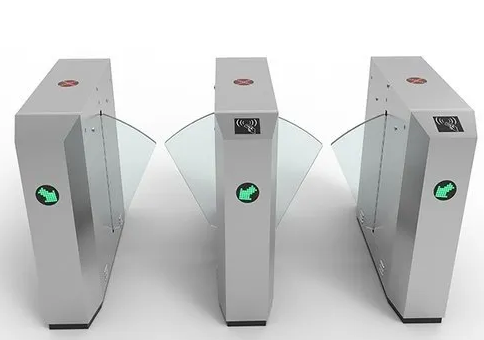

One main component to home security is finding an area for easy programming and user interaction. A control panel is implemented to arm and disarm a home security system. The control panel is the main connection to the alarm company monitoring a home. It typically features a touchpad or buttons to easily maneuver the system, and some newer systems also feature voice control or wireless remotes (key fobs).
Door and window sensors are also implemented in most home security systems. One part of the system is installed on the door or window itself while the other part is installed on the frame of the door or window. The two part system connects securely when a door or window is closed, creating a security circuit.
Window sensors use a range of technologies like magnetic switches, beam sensors, motion sensors, or a glass break sensor.
Within the United Kingdom it is standard practice to have a 5 lever British standard mortise lock fitted to a wooden door, this will ensure that the property is compliant within the insurance sector. A cylinder that is anti snap fitted to a uPVC door will prevent lock snapping.
Smart homes have started to become more advanced. New devices are emerging with the specific purpose of simulating presence. They do this through movement simulation by using light-and shadow-effects at night or sound simulation at daytime.
Surveillance cameras used in houses are IP cameras or closed circuit. IP cameras connect over the internet and stream to users’ phones using a Wi-Fi connection. Closed-circuit, or CCTV cameras, stream through wired or wireless links. These cameras stream live footage to users, allowing them to watch for suspicious activity.
Current cameras feature abilities such as motion detection and two-way audio, allowing users to receive notifications of activity and speak and listen through the camera. Home surveillance cameras used for security purposes have become more accessible, but have sparked security concerns from consumers.